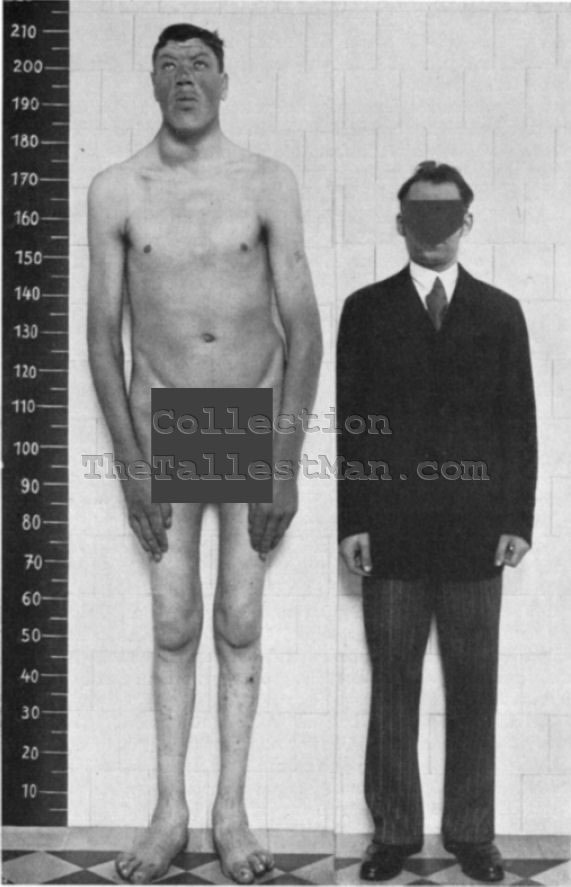 We've
all heard the werewolf legend, seen it in films and on TV. In real
life, it's called Lycanthropy. Here's a little of its history.
ANIMAL TALES
We've
all heard the werewolf legend, seen it in films and on TV. In real
life, it's called Lycanthropy. Here's a little of its history.
ANIMAL TALES
Nearly
every society has legends about people who can change into animals. In
Russia there are stories of were-bears. In Africa, they have
were-leopards, were-hyenas, and were-hippos. In Asia there are tales
about were-tigers, elephants, crocodiles, snakes, and even sharks. Why
are these animals singled out? "In almost all case," Nancy Garden writes
in her book,
Werewolves, "the animal has these
characteristics: 1) It is commonly found in the area; 2) It is feared by
the inhabitants; and 3) It has been known to attack people and/or farm
animals."
In Europe, wolves fit that profile: As the population
grew over the centuries, Europeans settled in parts of the continent
where wolves had roamed freely. As the wildlife that wolves depended on
for food began to disappear, they often preyed on livestock. And when
food was
really scarce, they might even go after humans. As
late as 1875, an estimated 160 people were attacked by starving packs of
wolves in Russia. So it's not surprising that when Europeans told scary
stories by the fireside, wolves were a common subject. Their spooky
habit of howling at the moon made then that much more fearsome.
 THE WEREWOLF TRIALS
THE WEREWOLF TRIALS
No one (or at least
hardly
anyone) believes in werewolves today, but in the Middle Ages, they were
taken quite seriously. "Of all the world's monsters," says Daniel Cohen
in his book
Werewolves, "the werewolf is the one that has been
most widely believed in, and the most widely feared." Here are some of
the things people commonly believed:
* A person could become a
werewolf in a number of ways: if he was cursed, drank water from a
wolf's pawprint, ate the meat of an animal killed by a wolf, wore a
girdle made of wolfskin, or used a magic salve. "The business about
becoming a werewolf after being bitten by another werewolf is basically a
creation of the movies," says Cohen. "'Real' were wolves didn't just
bite people, they tore their victims to pieces and ate them."
* In
some versions of the legend, the werewolf remained human, but took on
wolf characteristics, such as fur, fangs, and paws. In other variations,
the person literally turned into a wolf.
* Werewolves could be killed any way that a normal wolf could be killed.
DEMON WOLVES
It was commonly accepted that werewolves were in league with the devil.
Even educated churchmen who didn't believe human beings could really
transform into other animals assumed that the devil was involved. "They
often said that the devil created the 'illusion' of transformation,"
Cohen writes. "He made people 'think' they had turned into wolves, and
made the victim 'think' they were being attacked by the creature." Some
"authorities" believed a real wolf could be turned into a werewolf when
the spirit of an evil person entered it. "It was possible therefore,"
Cohen explains, "for an evil person to be asleep in his bed at night, or
even locked in a cell under the eyes of his jailers, and yet his spirit
could roam free as a werewolf.
As a result, a lot of people were
convicted of being werewolves even after it was proven that they were
nowhere near the place where the werewolf had allegedly committed its
crimes." This was serious business. In Europe, as late as the 18th
century, if you were suspected of being a werewolf you could be put on
trial and then be put to death. Untold thousand
were put to
death -between 1520 and 1630, an estimated 30,000 cases of "werewolfry"
trials were recorded in central France alone, and thousands more trails
took place in other parts of Europe.
 ON TRIAL
ON TRIAL
Two
of the best known "werewolves" in European history are Peter Stube and
Jean Grenier -famous as much for what they symbolize as for what they
did. One was tortured to death; the other was confined to a mental
institution. Stube lived in the 1500s; Grenier lived in the 1800s.
Peter Stube
It was big news when Stube was arrested in Cologne in 1590 and
"confessed" under torture that he was a werewolf. According to his
confession, a female demon had given him a magic belt that he could use
to turn into a giant wolf. For nearly 30 years, he had supposedly used
this power to attack and kill villagers, livestock and even wild animals
in the surrounding countryside. The townspeople accepted his
confession, and he was sentenced
to have his body laid on
a wheel, and with red hot burning pincers in ten places to have his
flesh pulled off from the bones, after that, his legs and arms to be
broken with a wooden axe or hatchet, afterward to have his head struck
from his body, then ho have his carcass burned to ashes.
A pamphlet describing Stube's crimes and trial, illustrated with "gruesome" details, became a bestseller all over Europe.
 Jean Grenier
Jean Grenier
By the 19th century, authorities were more enlightened about
werewolves. They were skeptical when Grenier, a 13-year-old boy,
"admitted" in 1849 to killing and eating "several dogs and several
little girls" -all of them on Mondays, Fridays and Sundays just before
dusk, the times when he claimed to become a werewolf. Philip Riley
writes in
The Wolfman: "The town's lawyer asked the court to
set aside all thoughts of witchcraft and lycanthropy (werewolfism) and
...stated that lycanthropy was a state of hallucination and the change
of shape existed only in the disorganized brain of the insane,
therefore, not a crime for which he should be held accountable." Instead
of sentencing Grenier to death, the judge ordered that he be confined
to the monastery at Bordeaux, "where he would be instructed in his
Christian and moral obligations, under penalty of death if he attempted
an escape." Grenier slid even deeper into madness and died at the
monastery seven years later. He was 20.
WEREWOLF DISEASES
Centuries
after werewolves "roamed" Europe, scientists have found some real
"curses" -diseases and physical conditions- that may have inspired the
legends.
* Porphyria makes a person extremely sensitive to light
...which would cause them to only go out at night. It creates huge
wounds on the skin -which people used to think were caused when the
afflicted person ran through the woods in the form of a wolf.
*
Hypertrichosis causes excess growth of thick hair all over the body,
including the entire face. The disease is extremely rare. Scientists
estimate that as few as 50 people have suffered from the disease since
the Middle Ages -but it may have contributed to werewolf legends. When
the sufferer shaves off the excess hair, they appear perfectly normal
-which may have contributed to the idea that people were changing into
wolves. Scientists believe the disease is caused by an "atavistic
genetic defect," or mutation that allows a long-suppressed gene to
become active after thousands of years of dormancy. Human skin cells,
the theory speculates, still have the ability to grow thick coats of fur
that were normal thousands of years ago, but that evolutionary
processes have "switched off."
* The belladonna plant was once
eaten as medicine or rubbed on the skin as a salve. It also has
hallucinogenic qualities when eaten in large quantities; eating too much
can make people think they are flying or have turned into animals.








 THE WEREWOLF TRIALS
THE WEREWOLF TRIALS




 From
From 
 On
June 4, 1923, jockey Frank Hayes took off through the gates at Belmont
Park on Long Island. He and his horse, Sweet Kiss, made it to the finish
line first. But all was not well. During the race, Hayes had a heart
attack and died. Nonetheless, he was declared the winner:
On
June 4, 1923, jockey Frank Hayes took off through the gates at Belmont
Park on Long Island. He and his horse, Sweet Kiss, made it to the finish
line first. But all was not well. During the race, Hayes had a heart
attack and died. Nonetheless, he was declared the winner:














